What is Beyond Tokyo and Kyoto?
Letters from Japan, March 2024: my three favorite cities in Japan, other than Tokyo and Kyoto.
Good afternoon,
It is a very sunny but windy day in Tokyo. We are almost officially in the spring— the cherry blossoms will start in less than a week. According to the official Sakura forecast, Tokyo will experience full bloom on March 31st.
In terms of the weather, once this strangely persistent (it has been almost a month) and strong wind is gone, we are entering one of the finest seasons in Tokyo. Until the dreaded rainy season hits in early to mid-June, the temperature will gradually rise while the humidity stays at bay, preparing for its revengeful return in July (each year, it feels worse than the last).
After a series of work and leisure trips in the past month, I am looking forward to spending some travel-free time in Tokyo—a city I now adore but never cared for when I first visited Japan as a tourist.
One of the main reasons that I now love Tokyo, in addition to the highly efficient public transportation infrastructure (a love story in itself) that removes a lot of anxiety from daily life, is the options that it presents its residents with. With its vast size and different facets, Tokyo allows you to craft your own living experience. You can lead a very fast-paced, always-happening urban life, but you also have the option to design a quieter life mimicking a small town or even a rural living experience while still having access to all the urban conveniences.
The city has 23 wards, each with unique offerings alongside common amenities. The uniformly high minimum public service standards observed by each municipality ensure that you have access to similar and satisfactory public services regardless of the affluence level of the neighborhood you choose to live in. The same, to a great extent, also applies to the safety conditions.
But when it comes to choosing a travel destination, I have mixed feelings about Tokyo. The aspects of Tokyo that make it an ideal place to live in, the multiple facets and vast size allowing options, can also render it a disorienting place for a first-time visitor. During a short trip, one may not be able to uncover all the dimensions of Tokyo and appreciate how it is more than just another metropolis.
When I first visited Tokyo during my second visit to Japan in 2015, I remember feeling overwhelmed and unable to shake off the feeling that I was visiting just another giant city. I also felt as if I had visited the Tokyo subway more than what was above it. But, of course, for someone more prepared than I was at the time and with a list of specific places to visit, Tokyo has a lot to offer. The city is home to some of Japan's finest history and art museums, city parks, and gardens and offers a truly exciting, tasty, and atmospheric dining/drinking experience.
But, for now, enough about Tokyo and, after last month's letter, about Kyoto. Considering it is now almost the spring season—the perfect time for urban travels—this month's letter is about three "other" cities in Japan that I love and which are full of sights that shine a light on Japan's past and present.1
One of these cities is already very well known for both pleasant and tragic reasons, while the other two still remain relatively undiscovered by international visitors. But I vouch for each of them as a wonderful urban travel destination.
Nagasaki
Last Sunday, on the day that Oppenheimer2 got the Oscar for the best movie, I was in Nagasaki3 visiting the Atomic Bomb Museum. With the displays realistically depicting the event, explanations not holding anything back, and particularly the Remembrance Hall, visiting the Nagasaki Atomic Bomb Museum is always a deeply sorrowful experience.
I find Nagasaki to be one of Japan's most important cities to visit. It offers profound insight into the country's historical interactions with the outside world that helps to put modern-day Japan and how it sees the outside world in a better context. While the city is ingrained in our global consciousness with the horrific event of August 1945, ironically, centuries before the atomic bombing, Nagasaki was one the first places in Japan to open its doors to Western culture.
Following the arrival of Portuguese ships on the Japanese shores in the 16th Century, the city quickly became the center of international trade.4 The ships brought not only tradable goods but also a heavy Western influence, particularly religion. The Christian (mainly Catholic) influence in the city was so strong that Nagasaki was referred to as "Little Rome" at the time.
However, following a brief period of openness, free trade, and cultural exchange during which Nagasaki played a front and central role, Japan entered the Sakoku period (meaning locked country) in 1639. During this lengthy period, which lasted until 1853, most foreigners were banned from entering the country while the Japanese were kept from leaving Japan. The policy also entailed a ban on Christianity. But even during this period, Nagasaki remained the only port in Japan open to foreign trade, but in a rather strange manner.
A (fan-shaped!) artificial island called Dejima was constructed off Nagasaki City in 1636, shortly before the beginning of the Sakoku Period. While the small island was initially used to host the Portuguese traders and keep them segregated from the Japanese public (due to, at the time, un-welcomed religious influence), it soon became the home of Dutch merchants, the only western group allowed to enter and trade in Japan during the Sakoku Period.
Dejima was home to around 10 to 20 Dutch trade workers, who were not allowed to leave the island except for very limited circumstances, along with some Japanese officials and around 40 buildings, including residences, offices, and warehouses. Dejima, which had once been connected to the mainland with a bridge guarded on both ends, is no longer an island. The surrounding marine area had been reclaimed during the Meiji Period. Today, the island, a mere 15-minute walk from the train station, is open to visitors.5
The allure of Nagasaki is not only about these historical sites. Despite the heavy past, Nagasaki is also one of the liveliest cities in Japan. Embraced by the narrow Nagasaki Bay, it is one of those cities softened by the sea where the water evokes a delightful sense of carefreeness. Surprisingly, there are "even" cafes and restaurants right by the water where people watch the busy harbor traffic and enjoy a morning coffee or an afternoon drink—a rarity in Japan despite it being an "island nation" where there is usually a barrier/road/tetra paks between the inland life and the sea.
Hirosaki
While Nagasaki played a crucial and progressive role in Japan’s interactions with the Western world in the 16th Century, Hirosaki, a northern Japanese city located in Aomori Prefecture, is also known for its openness to the Western culture, but for the events that occurred centuries later during the Meiji Restoration Period.
The Meiji Restoration, which started in 1868 following a lengthy period of self-imposed isolation during the Edo Period, aimed for a modernized and industrialized Japan. The city took the restoration policies of the time to heart and invited teachers, technical experts, and artists from the United States and Europe to speed up the integration into the world. Hirosaki, which also avoided air raids during World War II, is known today for its abundance of Western-style architecture, which has remained intact since the Meiji Period. The Western influence is also reflected in the city’s dining scene, with many restaurants serving European cuisine.
Besides the Meiji Period architecture, another big draw of Hirosaki is the Hirosaki Castle, one of the only 12 castles in Japan that remain in their original form since the Edo and earlier eras.6 The castle, a reminder of the city’s feudal past, is surrounded by a magnificent park, which, to be honest, excited me even more than the castle (granted, this was due to the fall foliage).
If you ever make it to Hirosaki, I also highly recommend the Museum of Contemporary Art. The museum occupies an old, stylish brick building that used to be a brewery during the Meiji Period. They launch two exhibitions per year featuring artists who highlight the culture of Hirosaki and Tohoku. On the premises, there is a library, studio space, and a cafe (offering happy hours featuring the cider made with apples that the region is famous for).
Matsumoto
Matsumoto, a mid-size town in Nagano prefecture, is one of those little gems of a city that punch above its weight when it comes to visitor attractions.
The city, just like Hirosaki, is home to one of the original 12 castles of Japan. Referred to as Crow Castle (Japanese love to nickname their castles) due to its black exterior, the castle's main keep is still in its original form, built in the 16th Century.
The similarities between Matsumoto and Hirosaki are not limited to their original castles. Both cities are excellent representations of an aspect that I deeply appreciate about Japan—how modern-day life perfectly blends in with and complements the city's historical attractions and its traditional culture.
Lucky for Matsumoto, the city is also the birthplace of the renowned Japanese artist Yayoi Kusama. Thanks to the generosity of Kusama, the Matsumoto City Museum of Art exhibits a reasonably large collection of her work. The collection of the artist's work on permanent display in the museum, titled The Place for My Soul, includes a series of canvas paintings, polka dot walls, the famous pumpkin, and infinity rooms Kusama is most well-known for.
Kusama's art, which offers the viewers an immersive experience, is known to draw large crowds (for example, in Tokyo, the Yayoi Kusama Museum requires advance booking). However, on the day I visited the Matsumoto City Museum of Art, there were, despite the national holiday, only a few visitors besides me, making the experience feel almost like a private viewing. So, if you are a fan of her work, in addition to other attractions, the museum may be a reason alone to visit Matsumoto (which takes around 2.5 on the express train from Tokyo).
Last but not least, Matsumoto is also the getaway to one of Japan's most picturesque nature areas, Kamikochi, and to the most visited postal towns of the Nakasendo Route, the historical route that connected Tokyo to Kyoto during the Edo Period via 69 postal towns—both accessible within an hour.
As always, thank you for being here. This month’s letter was a little delayed due to work and personal trips, but I hope I will post on time next month, and I suppose that letter shall be all about the Sakura.
Love,
Burcu
Recent posts on my website:
Sakura season in Japan and my favorite two parks in Tokyo.
Walking Goto Islands: Travel Diaries
Tohoku: One of Japan’s Least Explored Yet Most Rewarding Regions
I will post a longer list on my website.
The film has not yet been featured in theaters in Japan due to the subject matter and very understandable sensitivity around it. But I understand, a release date has recently been set indicating the end of March 2024.
This was after a week-long walking trip to Goto Islands. I posted (but fortunately not e-mailed) daily diaries from the trip on Substack and my website: Walking Goto Islands: Travel Diaries.
While it may not satisfy those well-versed in Japanese history, Richard Mason`s History of Japan is a handy reference book for a quick grasp of milestone events.
I have yet to read it, but many recommend David Mitchell's novel The Thousands Autumn of Jacob De Zoet for a vivid fictional depiction of life on Dejima during the 18th Century.
For a full list of 12 original castles: https://www.japan.travel/en/ca/inspiration/discover-japans-twelve-original-castles/ Himeji Castle located in Hyogo Prefecture is the most famous one, and for all the right reasons.

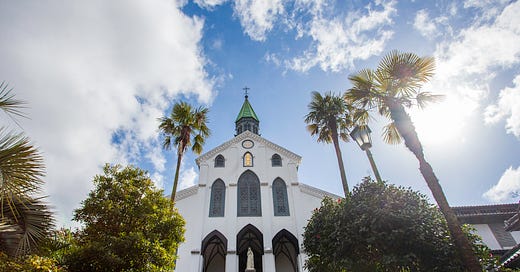



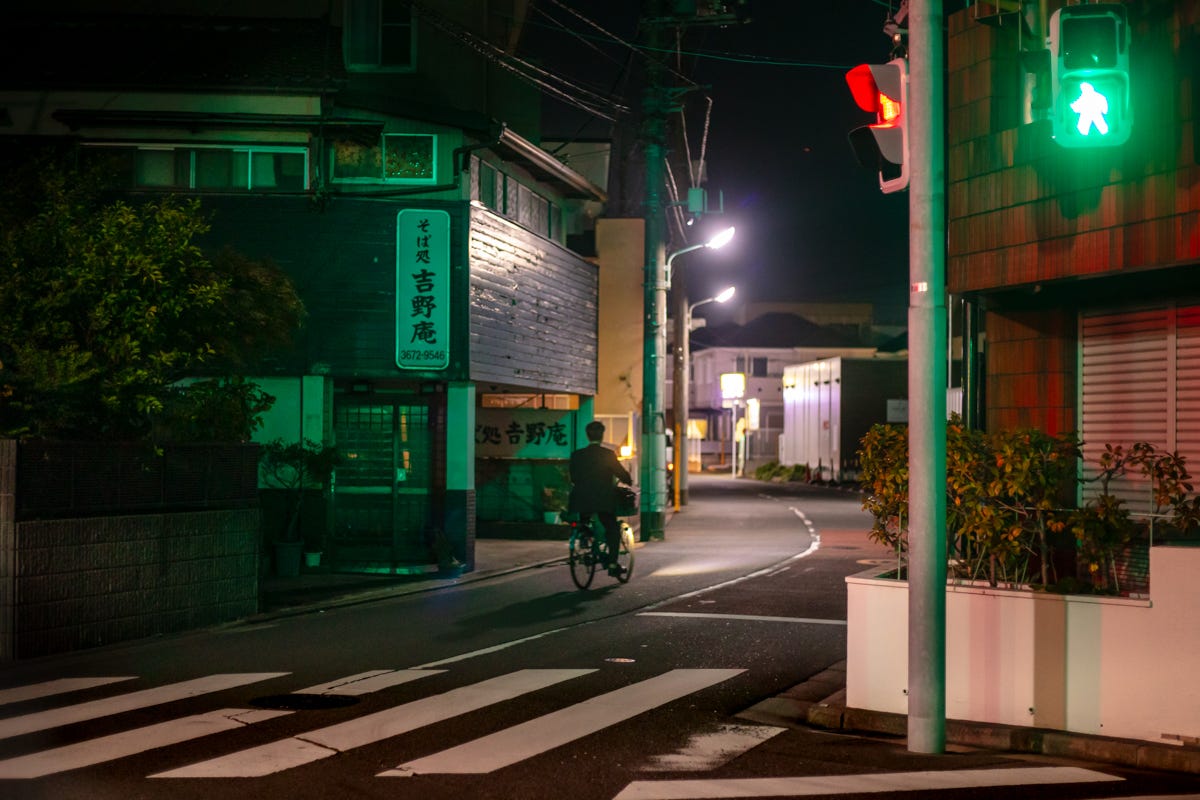
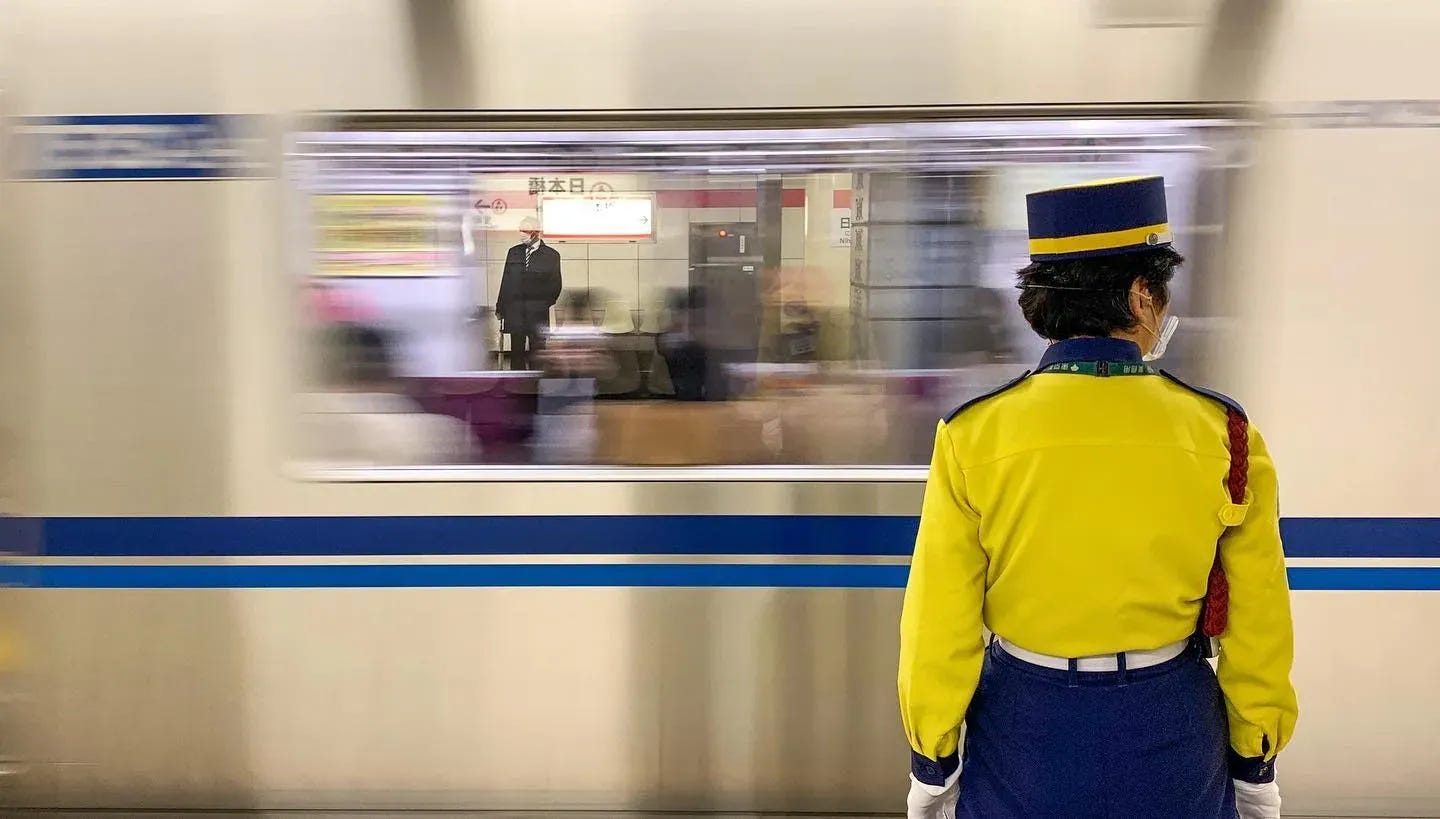
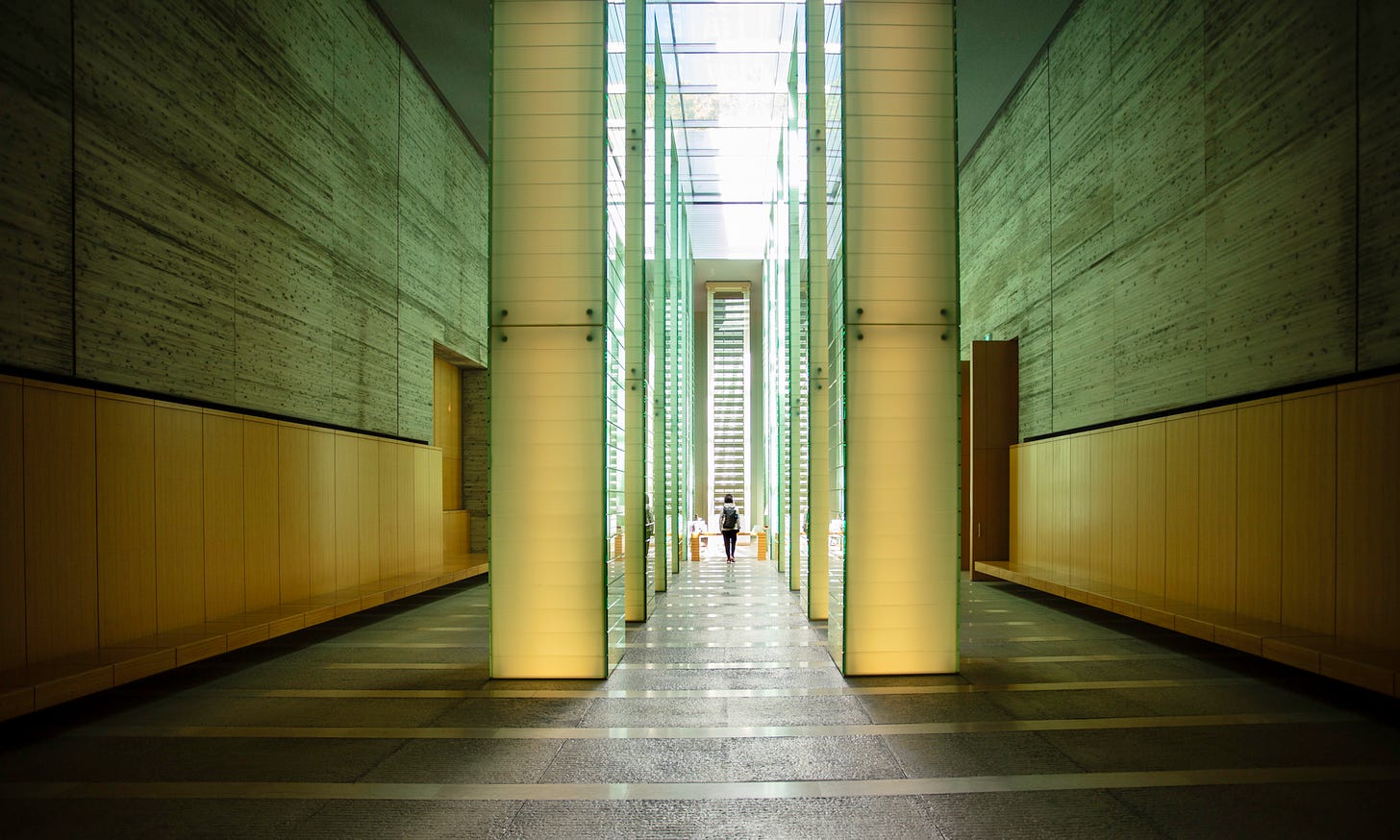

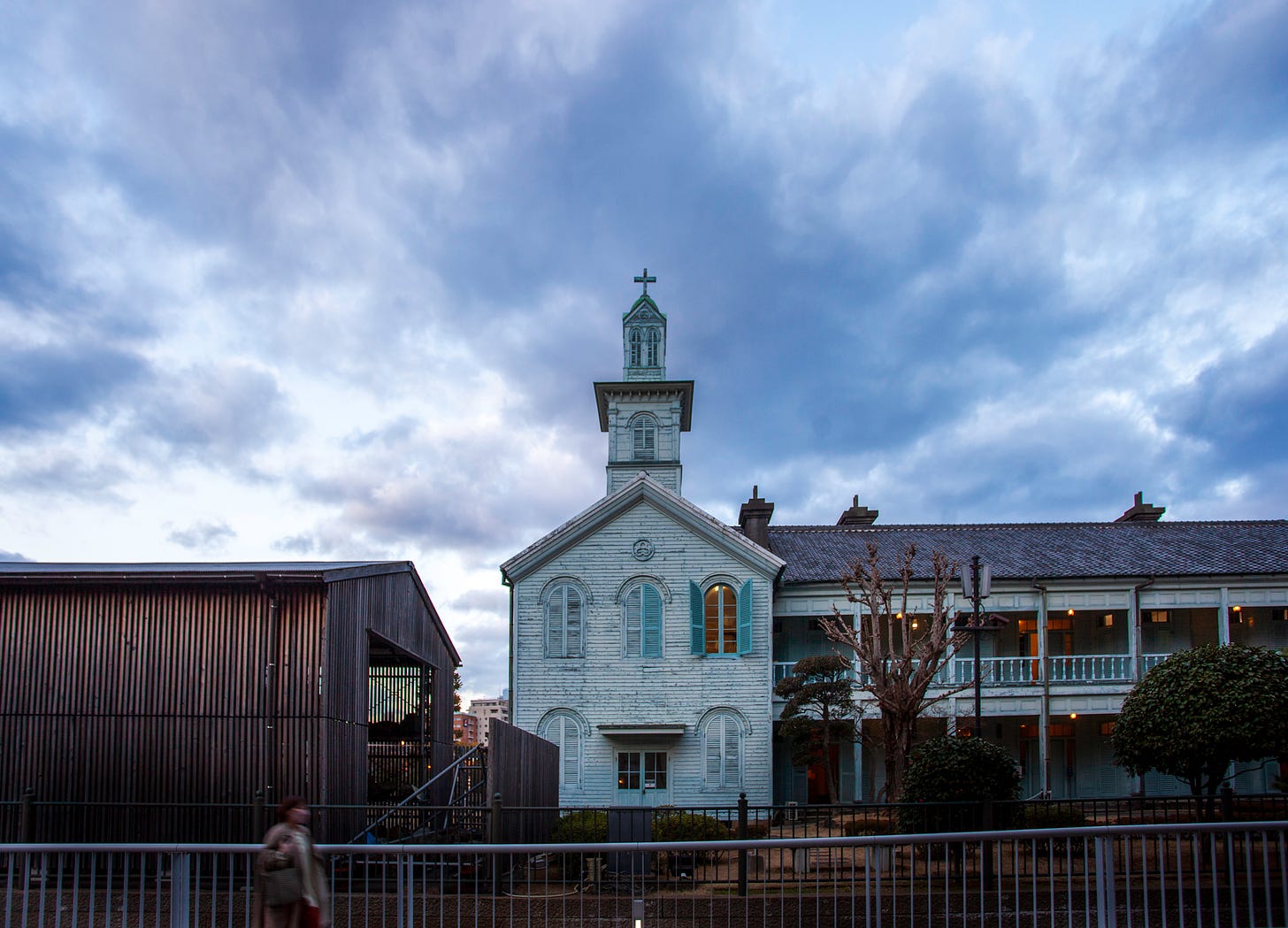
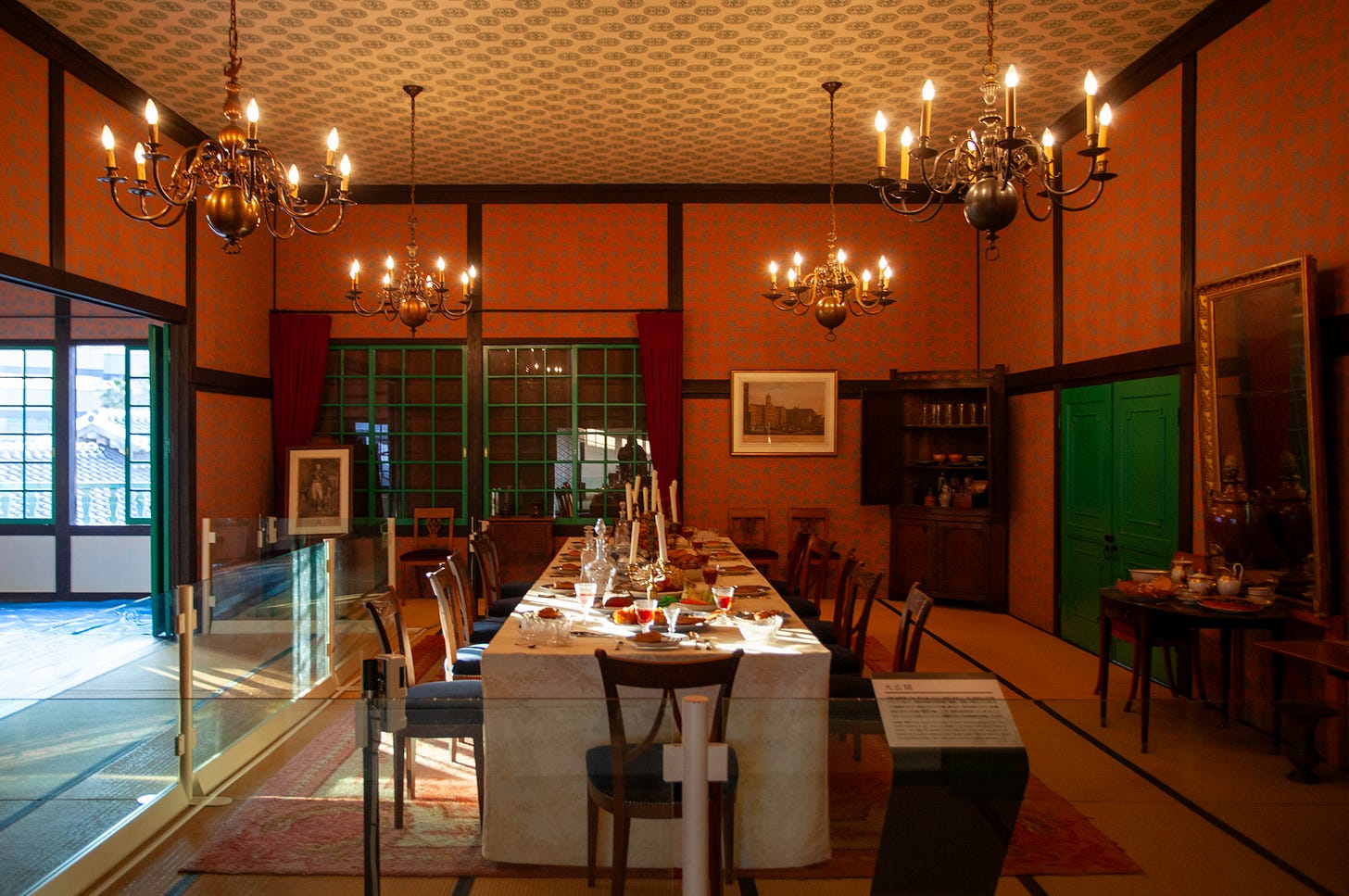
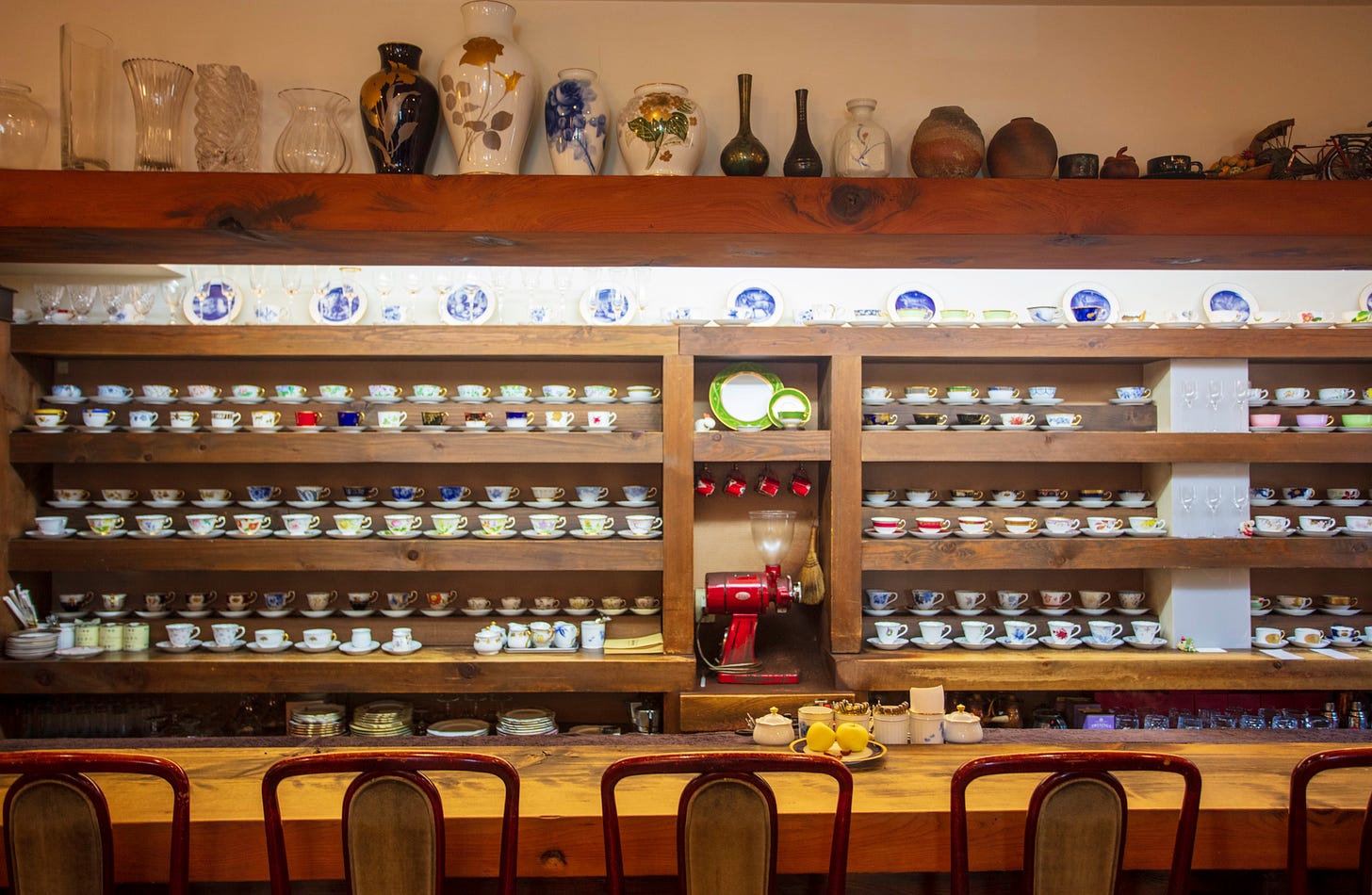

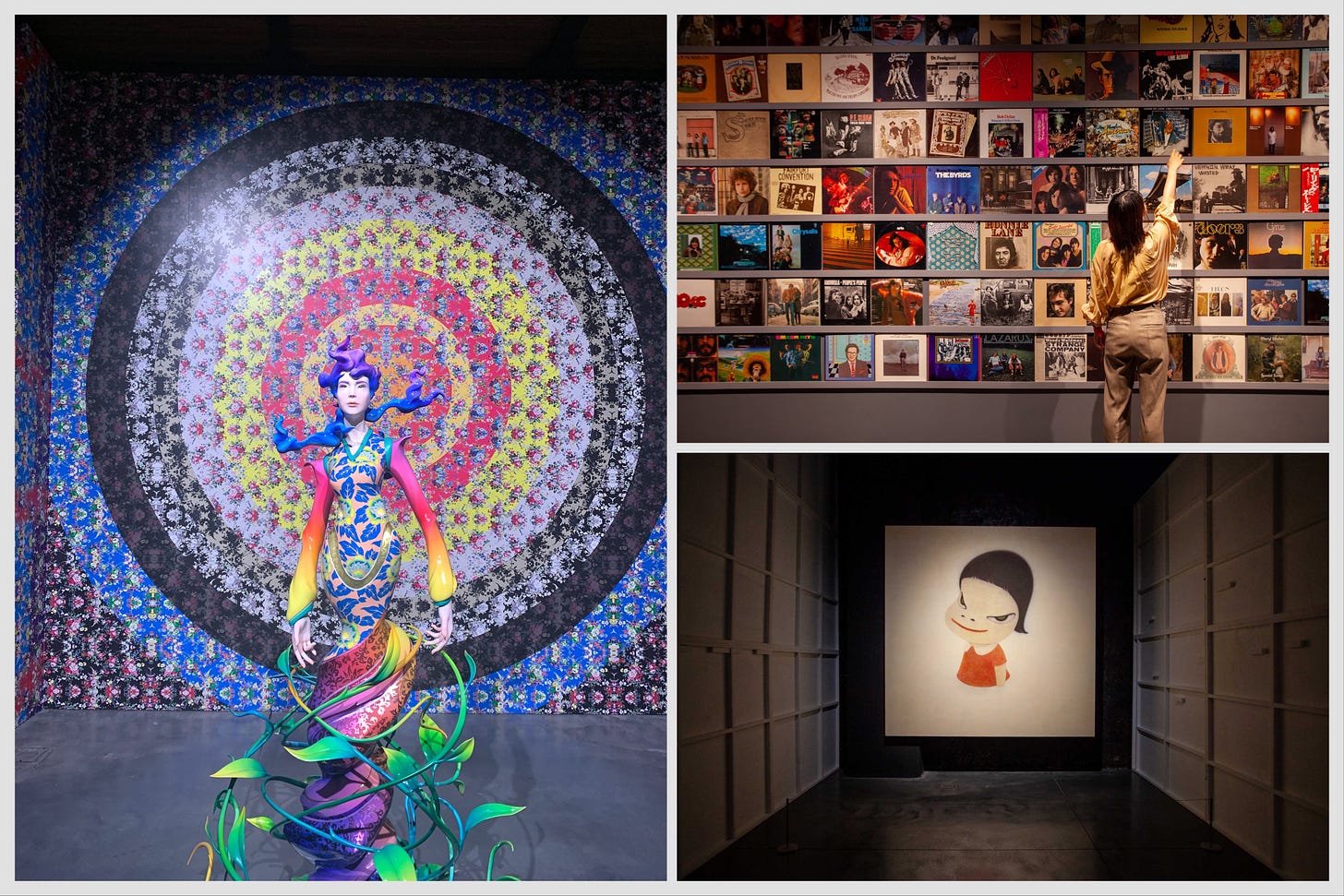
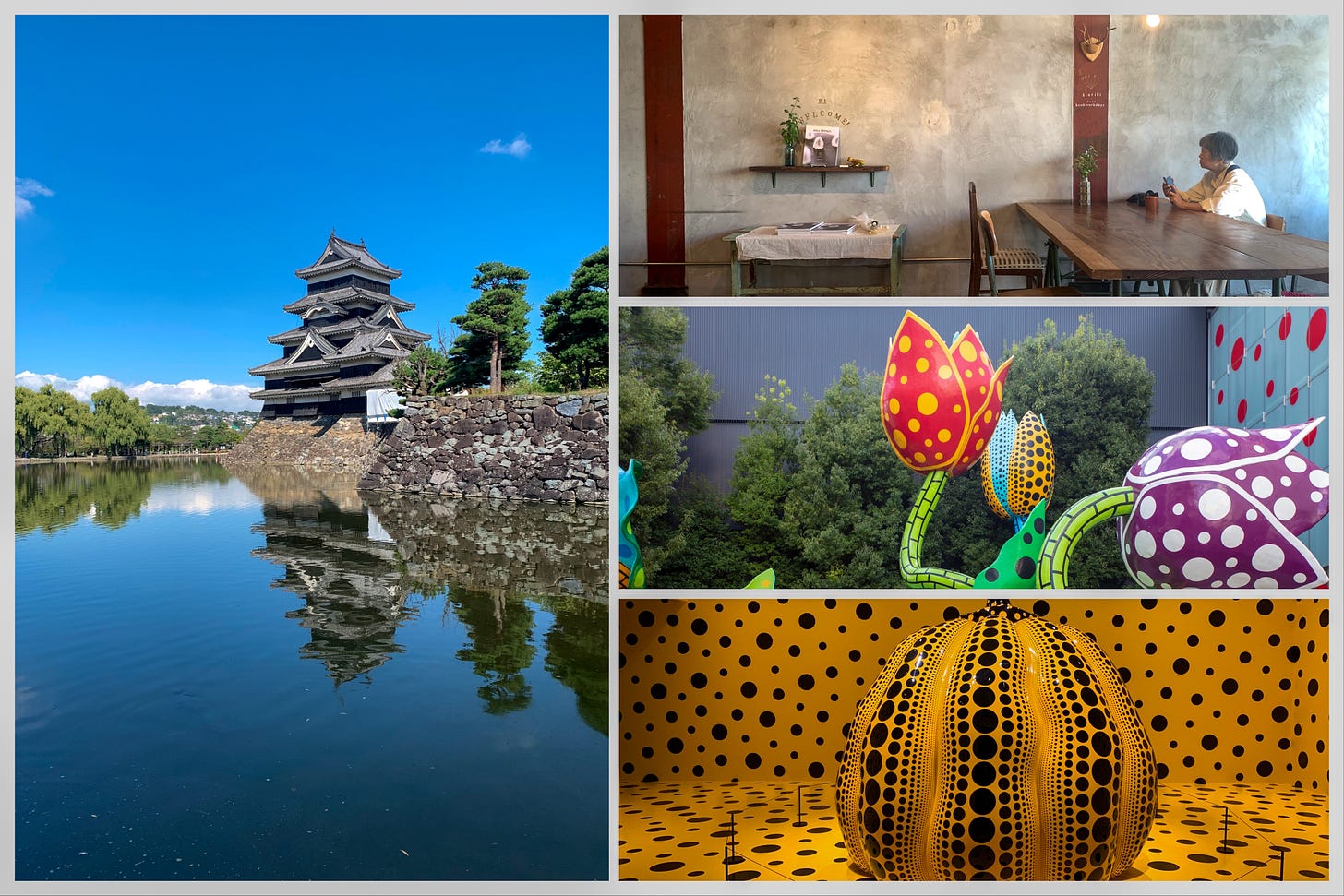


Burcu, I’m heading to Japan in October , as a first timer , your tips are at the top of my list, thank you
Japan has always been on my bucket list. I hope to visit someday soon!